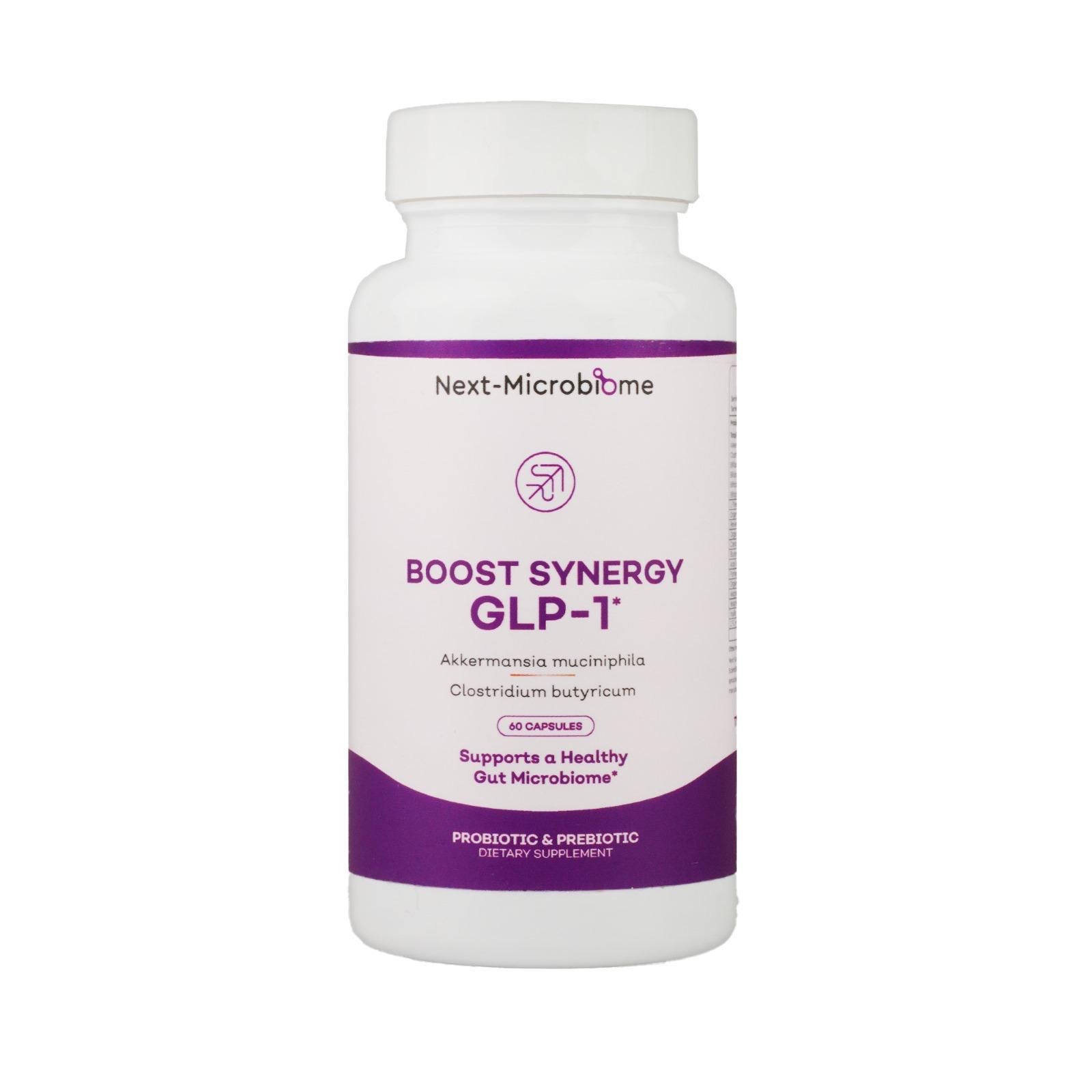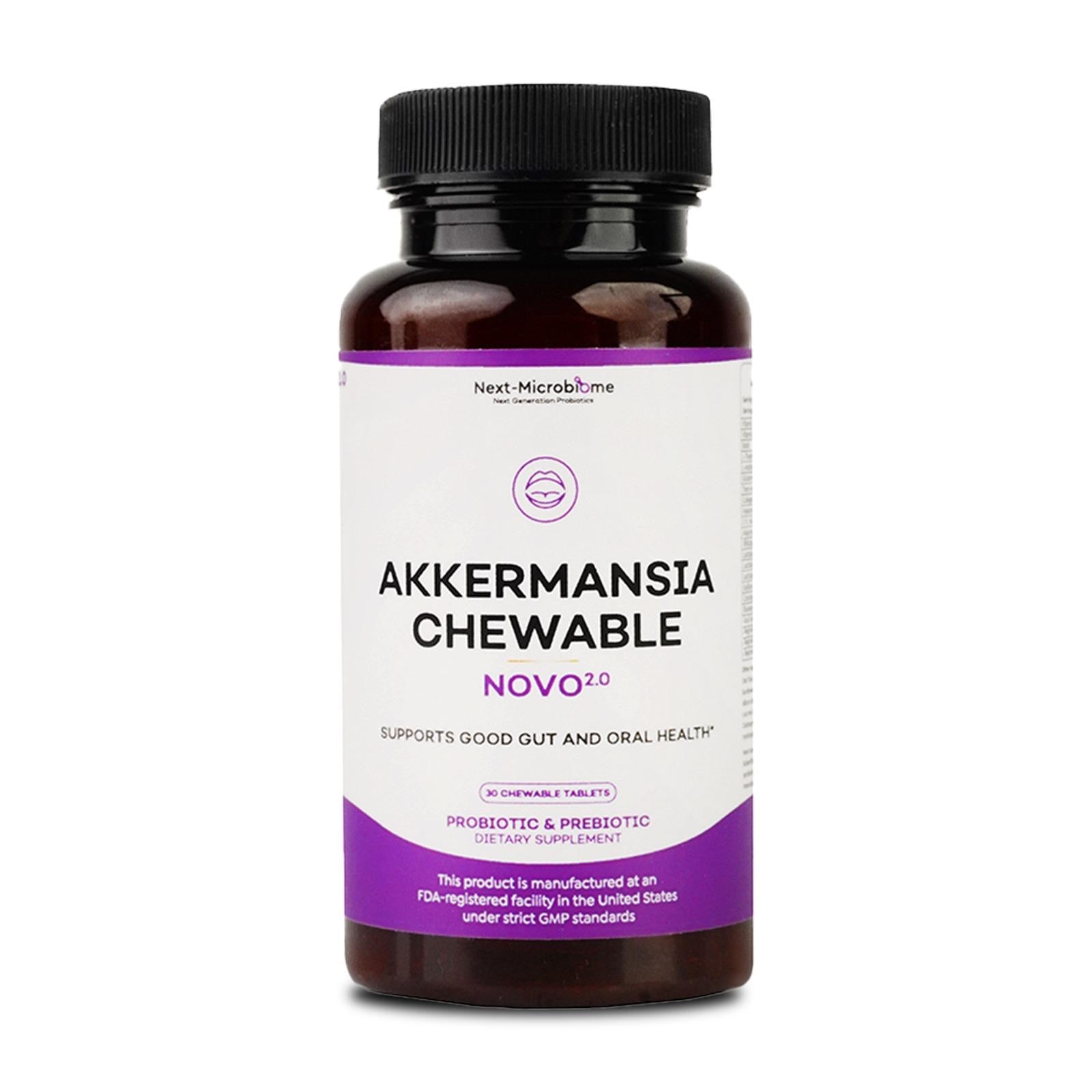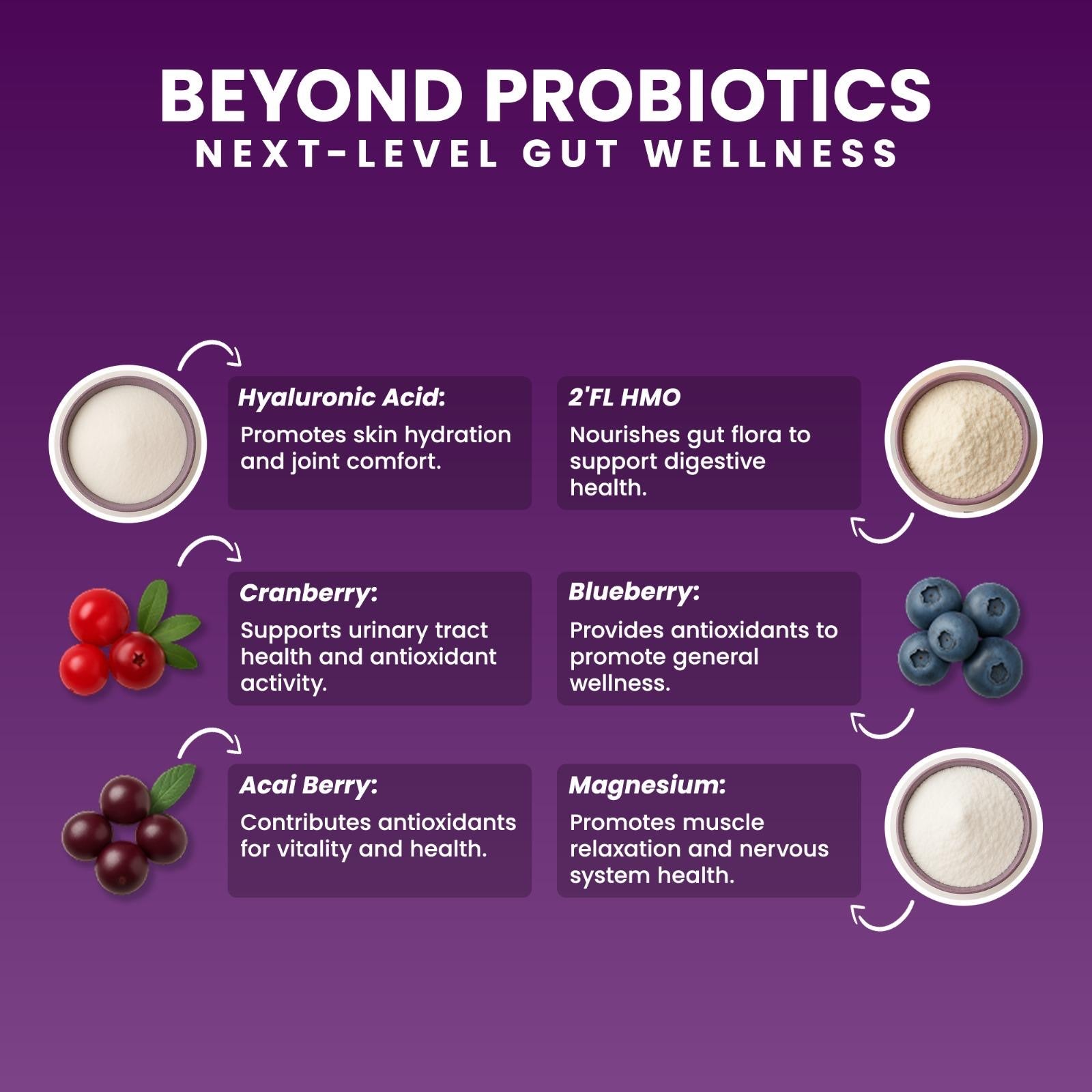
Akkermansia & Natural GLP-1 Control — Food-First Strategies, Mechanisms & Real-World Tips
Summary
-
GLP-1 is a natural “after-meal” hormone that helps you feel full, slow stomach emptying, and keep blood sugar steady.
-
Akkermansia muciniphila—a gut bacterium that lives on your intestinal mucus layer—has shown promising metabolic effects in human research and may stimulate GLP-1 through microbe-to-hormone pathways in preclinical work.
-
The practical plan: prebiotic fibers (inulin, GOS), deep-color polyphenols (cranberry, grape, green tea, cocoa), balanced protein, and regular exercise. These habits nourish Akkermansia, boost short-chain fatty acids (SCFAs), and support natural GLP-1 rhythms.
1) GLP-1 in Simple Terms: Nature’s Fullness Signal
After you eat, special “L-cells” in your gut release GLP-1. This hormone helps your pancreas release insulin when needed, reins in glucagon, slows how fast food leaves your stomach (you stay fuller), and signals the brain’s appetite centers. Supporting your natural GLP-1 rhythm helps maintain stable energy, mood, and metabolism.
➡️ Read more on GLP-1 physiology from the U.S. National Library of Medicine.
2) Meet Akkermansia muciniphila — The Gut’s “Mucus-Gardener”
Akkermansia thrives on the protective mucus layer lining your intestines, helping maintain the barrier that separates your body from the outside world.
In controlled human studies published in Nature Medicine, Akkermansia supplementation was safe and improved insulin sensitivity and metabolic balance in people with overweight or insulin resistance.
It’s not a medicine, but it’s one of the most promising next-generation probiotics for metabolic health and glucose control.
3) How Akkermansia Might Nudge GLP-1 (The “Microbe → Hormone” Connection)
A. The P9 Protein Messenger: Microbial Signal Meets Human Hormone
Researchers discovered that Akkermansia secretes a protein, P9, that can trigger GLP-1 secretion and increase energy expenditure in lab models.
This finding helps explain how the gut microbiome may “talk” to our endocrine system—a true biological conversation between bacteria and host.
B. The Fiber → SCFA → GLP-1 Pathway
When microbes ferment dietary fibers, they produce short-chain fatty acids (SCFAs) like acetate, propionate, and butyrate.
These SCFAs activate FFAR2/FFAR3 receptors on gut L-cells, prompting natural GLP-1 release.
That’s why diets rich in plant fibers are associated with satiety, stable energy, and metabolic flexibility.
➡️ Supporting reference: Journal of Endocrinology & Metabolism, 2023.
4) Foods That Naturally Boost GLP-1 (and Feed Akkermansia)
Build a “GLP-1-Smart” Plate
Every balanced meal should include:
-
Protein: eggs, fish, yogurt, legumes, tofu
-
Fiber-rich carbs: oats, beans, lentils, quinoa, barley
-
Colorful plants & healthy fats: leafy greens, berries, olive oil, nuts, seeds
This trio slows digestion, balances glucose, and sustains fullness.
Feed Akkermansia with Prebiotic Fibers
-
Inulin & fructans: chicory root, Jerusalem artichokes, leeks, onions, asparagus
-
GOS (galacto-oligosaccharides): found in certain dairy and plant foods
Regular intake supports Akkermansia growth and strengthens gut integrity.
➡️ Further reading: Nutrients Journal, 2024 – Prebiotic Modulation of Akkermansia.
Add Polyphenols (Deep Colors Matter)
Cranberries, blueberries, pomegranates, grapes, green tea, and cocoa deliver polyphenols that selectively nurture Akkermansia and boost metabolic flexibility.
Think of “color” as microbial nutrition.
7-Day Akkermansia-Friendly Meal Plan
-
Breakfasts: oats + chia + berries; eggs with leeks & spinach; yogurt parfait with banana & walnuts
-
Lunches: lentil-veggie soup; chickpea-tahini salad with pomegranate; tuna-bean bowl
-
Dinners: salmon + roasted Brussels sprouts & garlic; turkey chili; tofu-mushroom stir-fry
-
Snacks: apple + almonds; green tea + dark chocolate; yogurt + cocoa nibs
Tip: Explore Boosy Synergy GLP-1—a food-first formula combining prebiotic fibers and polyphenols to complement an Akkermansia-friendly lifestyle.
5) Exercise: The Forgotten GLP-1 Amplifier
Movement boosts your body’s natural GLP-1 response and helps Akkermansia thrive.
-
Cardio: improves insulin and GLP-1 sensitivity.
-
Resistance training: preserves muscle mass for long-term glucose stability.
Aim for 150 minutes weekly—walking, swimming, cycling, or yoga.
➡️ Reference: Frontiers in Endocrinology, 2023 – Exercise and Gut Hormones.
6) Common Plateaus and How to Fix Them
-
Still hungry? Increase protein and viscous fiber (beans, chia, oats).
-
Digestive discomfort? Ease into fiber slowly and stay hydrated.
-
Low energy? Avoid skipping meals; consistent intake supports GLP-1 release.
-
Plateau? Add polyphenol diversity—rotate berries, teas, and vegetables weekly.
7) FAQs
Will boosting Akkermansia guarantee weight loss?
No single bacterium causes weight change. Akkermansia supports gut barrier integrity and overall metabolism, but results depend on your diet, sleep, and movement.
Can food really influence GLP-1?
Yes—prebiotic fibers and polyphenols enhance GLP-1 signaling through SCFA production and microbiome activity.
Do I need supplements?
Not necessarily. Food comes first. Supplements are helpful only if you struggle to meet your daily fiber or polyphenol targets.
How long does it take to see benefits?
Microbiome shifts begin within days but stabilize over 4–8 weeks. Consistency wins over intensity.
8) Glossary
-
GLP-1: Gut hormone promoting fullness and stable glucose
-
Akkermansia muciniphila: Beneficial mucus-dwelling bacterium tied to metabolic balance
-
SCFAs: Short-chain fatty acids from fiber fermentation that trigger GLP-1
-
Polyphenols: Plant antioxidants (berries, tea, cocoa) that encourage healthy gut diversity
9) Action Checklist
✅ Eat 25–35 g of fiber per day
✅ Include colorful plants in every meal
✅ Drink green tea or eat dark chocolate daily
✅ Move your body 30 min/day
✅ Sleep well—lack of sleep suppresses GLP-1
10) The Takeaway: Empower Your Natural GLP-1 System
You don’t need extreme interventions to optimize metabolism.
By feeding Akkermansia with real foods—fiber, color, and variety—you help your body’s own GLP-1 rhythm do what it’s designed to do: maintain balance, satiety, and vitality.
If this guide helped you understand your “inner metabolism,” share it with a friend who could use a natural reset.
Educational content only; not medical advice. Always consult your healthcare professional for personalized guidance.











